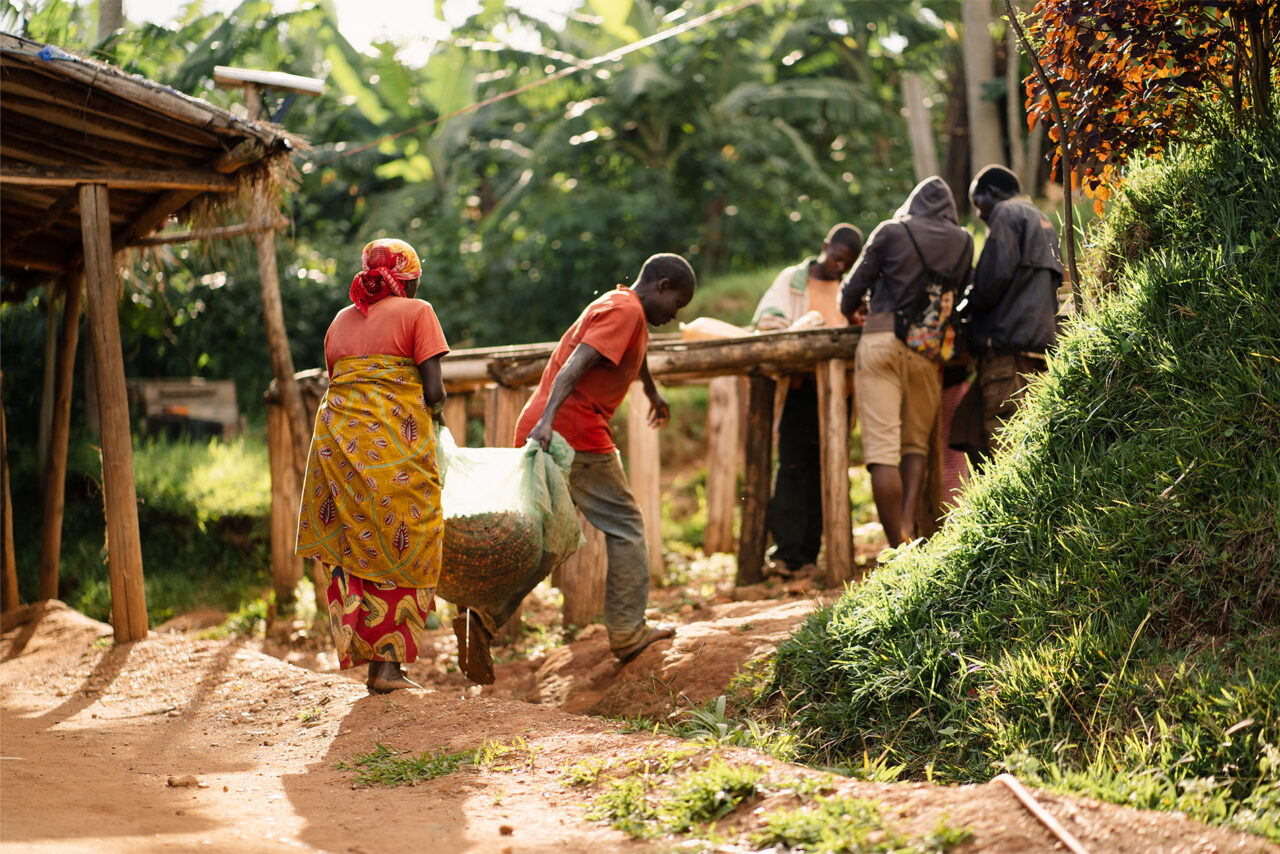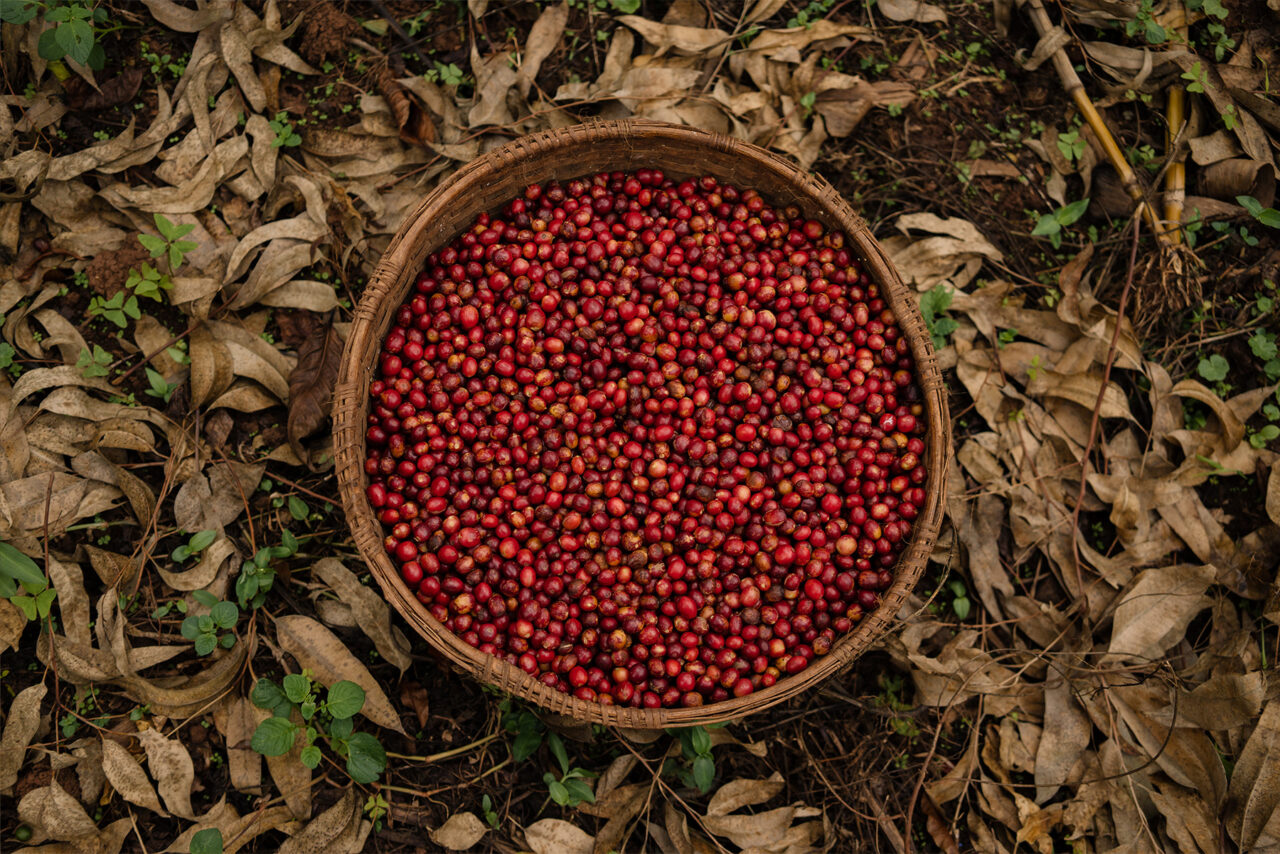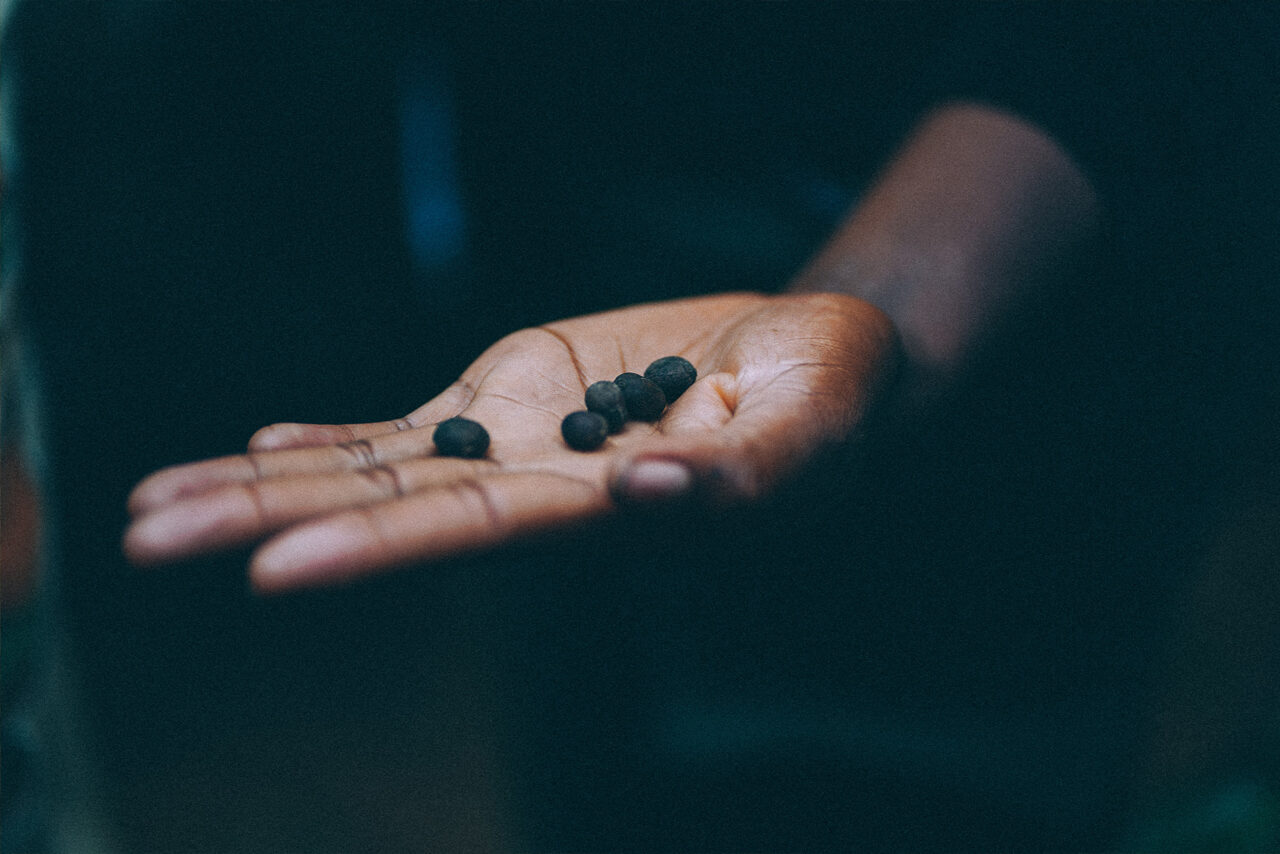There are a myriad of factors that can impact the flavors that end up in your cup of coffee. Influences on taste start with the growing environment, then processing, and end with roasting and brewing.
We can do very little to control the environment, so our focus is on how we process coffees from different regions in order to draw out, and not inhibit, their innate characteristics. We work with what the earth gives us and join hands with our roasting partners to all play a part in the final product. But before we get there, the environment has had her say – through altitude, climate, soil type, soil microbiome, and typography. Each of these factors differ not only from country to country, but region to region, and even hill to hill.
We know the coffee journey from cherry to cup is complex. Our aim is to honor the complexity of flavors inherent in each of the countries we operate in.
There is a tendency within the coffee industry to talk about Latin American coffees and East African coffees as two broad and distinct flavor profiles. This dichotomy typecasts coffees from Latin America as low acidity, less aromatic, and overall simple – whereas coffees from Africa are typecast as bright, complex, and oftentimes aggressive.
This way of thinking is a disservice to both Latin American and East African Coffees as both geographical areas produce an incredible variety of flavor profiles. Let’s dive into the broad flavor profiles of Burundi, Kenya, and Uganda – the three East African countries in which Long Miles is currently producing coffee.

FLAVORS OF BURUNDI
Of course we may be biased, but we believe that top quality lots from Burundi can present some of the most refined and complex coffees found anywhere.
Almost without exception, we find that these coffees tend to have a base reminiscent of black tea (as opposed to the chocolatey-bases found in coffees from some other regions).
The sweetness found in these coffees is comparable to molasses. Never nutty, top quality Burundi lots are defined by their fruited acidity. Some coffees possess distinct citrus and stone fruit character, while others tend toward cooked berries – sometimes even possessing a blackberry/black currant character, though never with the same intensity of acidity as a Kenyan coffee.

FLAVORS OF KENYA
Kenyan coffees exist in a class of their own. Known for their intensity of flavor, incredible sweetness, and bright acidity, coffees from Kenya tend to be favorites amongst coffee professionals.
Their unique structure is primarily related to their acidity. The acidity of a coffee so greatly affects the perceived sweetness of the coffee which, in turn, so greatly affects the perceived mouthfeel. The piquant acidity of a Kenyan coffee makes for a cup that is balanced by all of these characteristics being amplified.
Where does this intensity of flavor come from? There is no easy answer. It is likely an infinitely complex combination of factors including the SL varieties grown, the volcanic soil, the climate and processing – plus so much more.
What is clear, however, is that these are special coffees. Complex fruit characteristics ranging from cooked berries to tropical fruit can be found in the cup and many coffees possess floral aromatics. The most prized lots have a distinct blackberry character that is truly remarkable.

FLAVORS OF UGANDA
Like many coffees produced in the regions surrounding the African Great Lakes, Ugandan coffees tend to have a clear black tea-like base with a sweetness reminiscent of molasses.
The acidity in these coffees can be citric but is typically well integrated into the cup profile in a way that adds structure as opposed to being overt. The best lots we have tasted have a cooked, dark berry character similar to some Kenyan coffees.


We are big fans of Burundi coffee. We got our first taste in the early part of 2020 as members of Atlas Coffee Club and were very impressed with the rich, full flavor. We ordered more in the summer last year from Sparrows and were disappointed that the flavor was so much less robust and full bodied. What do we need to know to order coffee like that we received from Atlas Coffee Club?